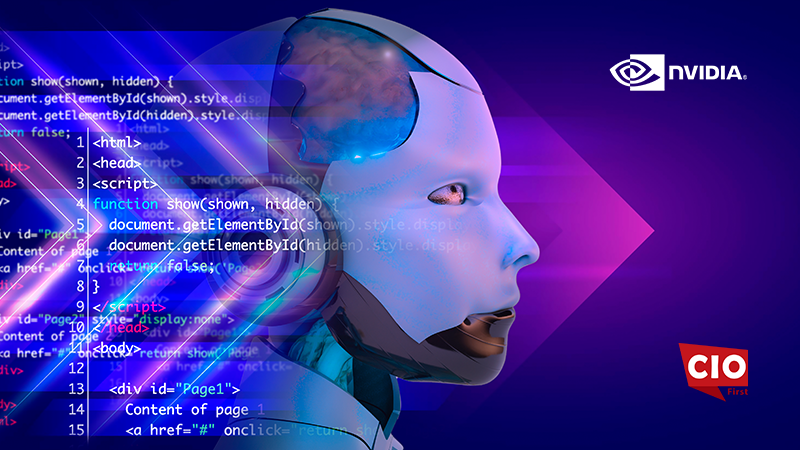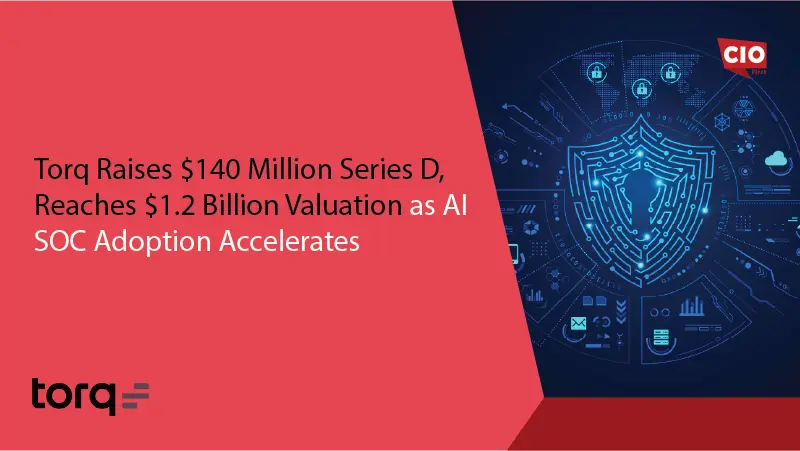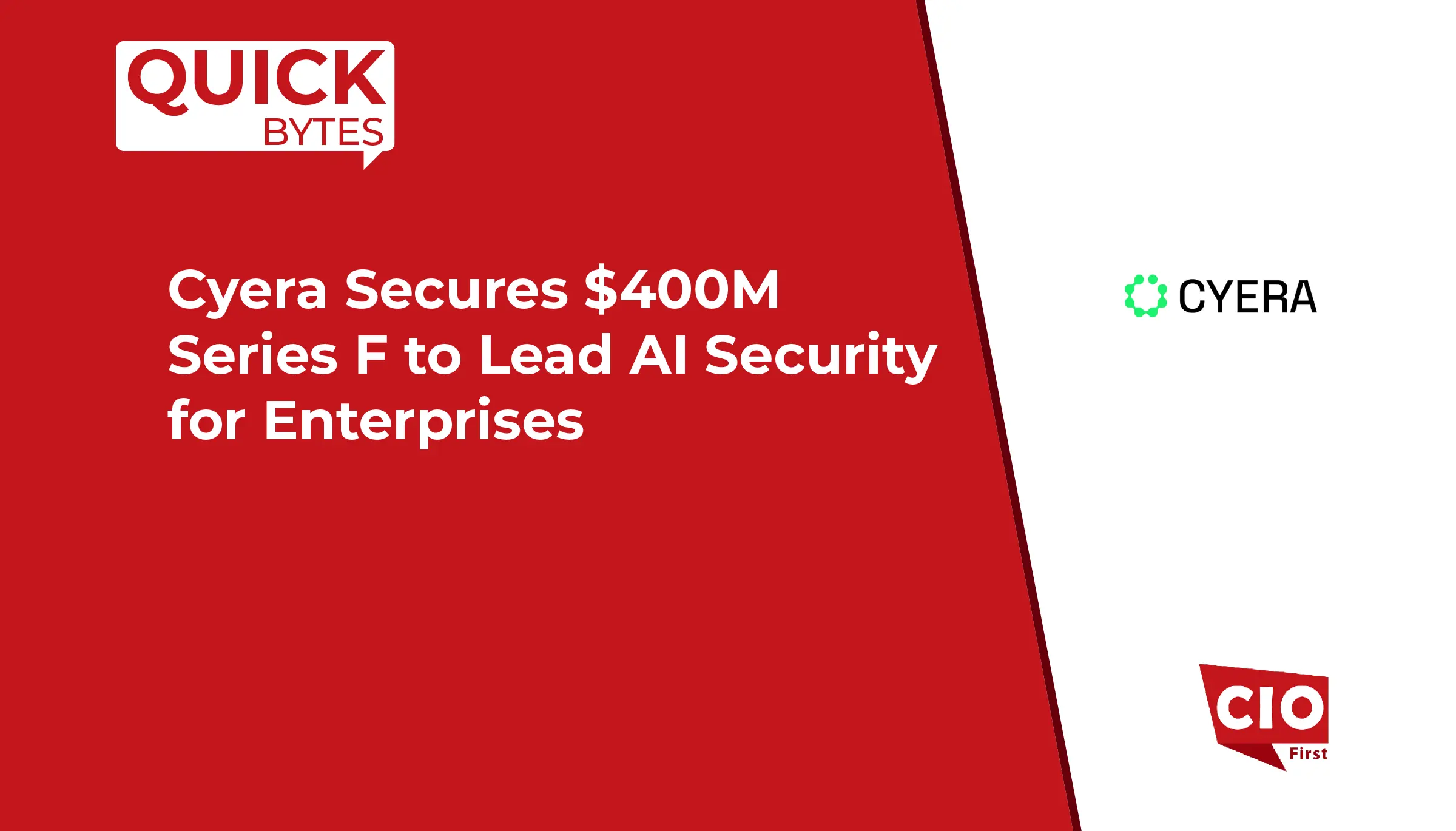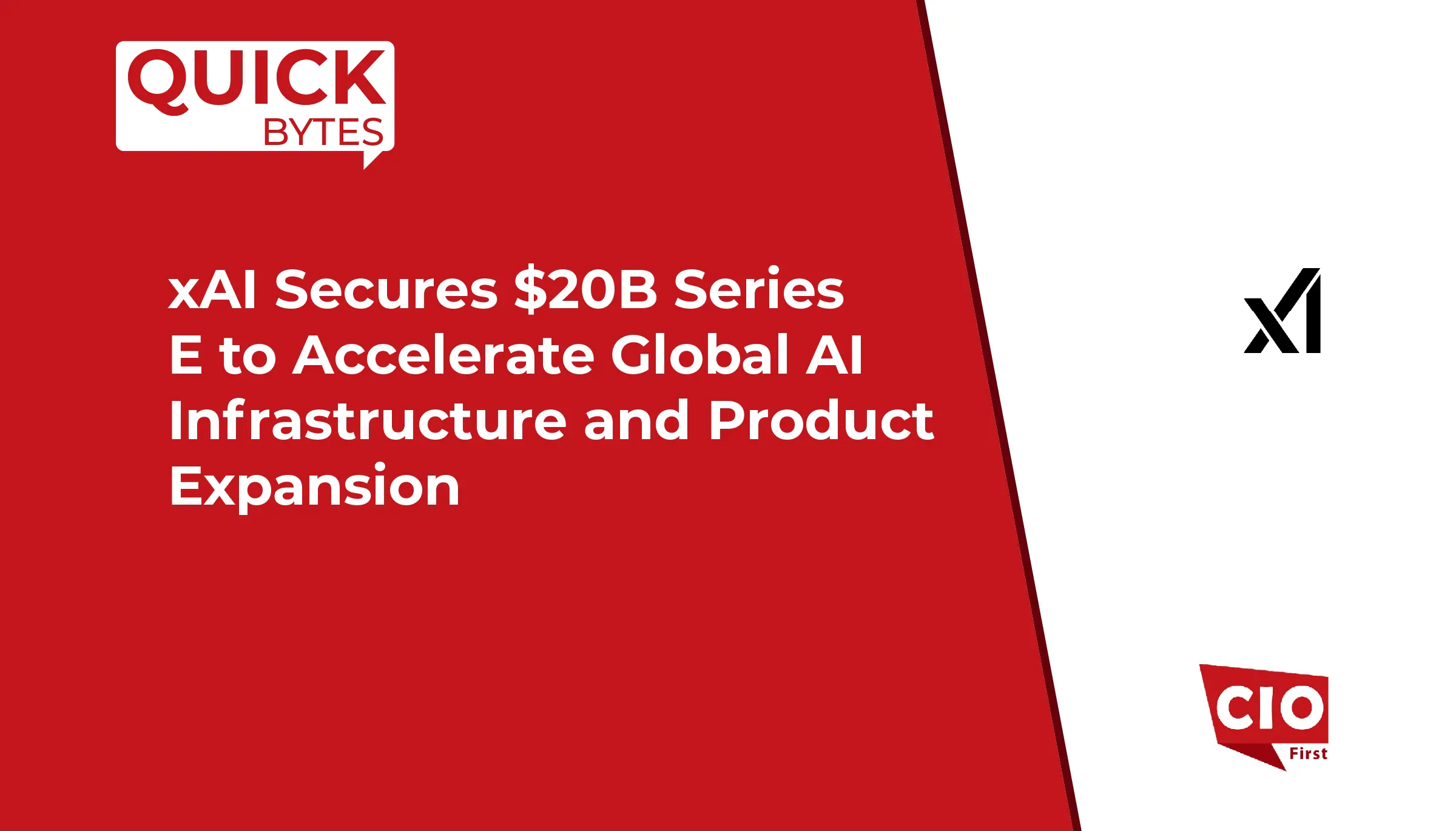Hammerspace, the company orchestrating the next data cycle, announced the addition of the S3 interface to its Global Data Platform, advancing the orchestration of existing data sets to available compute resources. With today’s announcement, Hammerspace continues to offer organizations new, advantageous ways to manage and leverage data. By adding S3 to all other standard protocols for data ingestion, the Hammerspace platform ensures a seamless and efficient transfer of existing data into a global file system fueled by its automated orchestration system. This expansion enhances accessibility to existing data sets in object storage and optimizes the pipeline across any storage type, allowing infrastructure teams to focus on deriving insights and driving innovation.
“Accessing available GPUs in an organization’s own data centers or in the cloud is a challenge. Even more difficult can be identifying useful data sets and placing that data local to the available compute resources,” said Molly Presley, SVP of Global Marketing at Hammerspace. “HPC centers and Enterprise Infrastructure Architects are urgently looking for solutions to organize large data sets and mobilize them to where the GPUs are located. With the addition of the S3 interface, HPC centers and Enterprise Infrastructure Architects can quickly organize large data sets regardless of location and mobilize them to where the GPUs are located.”
Enterprises need automated tools to take siloed data from multiple storage locations, combine and organize it, and place it local to compute for processing and analysis. The Hammerspace Global Data Platform brings together the two key components needed for the data pipeline and storage for GPU computing. It provides:
- The performance of a parallel file system to keep GPUs productive.
- The standards-based approach required for enterprise adoption.
- Automated data orchestration to place data local to compute.
Also Read: Cognigy Raises $100m as Major Enterprise Brands Depend on its AI Agent Workforce
The Hammerspace data orchestration solution intelligently and non-disruptively moves data from any silo or location to compute resources anywhere, ensuring that the right data is in the right place at the right time. This dynamic capability minimizes latency and maximizes computational efficiency, enabling organizations to process large datasets faster and more cost-effectively. By automating data movement, Hammerspace eliminates the complexities and manual interventions typically associated with data handling and copy management, empowering businesses to streamline operations and accelerate time to market.
Integrating data orchestration with the Hammerspace global file system employs advanced techniques such as metadata-driven data placement and policy-based management. Data is dynamically moved and cached based on access patterns and computational requirements, utilizing a distributed architecture that ensures high availability and fault tolerance. The global file system creates a unified namespace, allowing disparate storage systems, even across multiple sites and clouds, to be accessed seamlessly as a single logical entity. This system supports standards-based multi-protocol access, including pNFS, NFS, SMB, NVIDIA GPUDirect, and now S3, enabling interoperability across different environments and simplifying data governance across geographically dispersed locations. No client software or modification to existing storage resources is needed. By maintaining data consistency and integrity through objective-based automated policies, data sets can be identified, moved and managed all through software automation without interruption to user access, even on live data.
A global data platform creates unparalleled data unification across diverse storage systems and geographic locations, and creates a single, cohesive view of data, regardless of where it is stored, breaking down silos and fostering collaboration across teams and regions. This holistic approach enhances data consistency and reliability and ensures that all stakeholders have access to the most up-to-date information – driving a global data strategy to power AI and data analytics initiatives.
SOURCE: BusinessWire

























